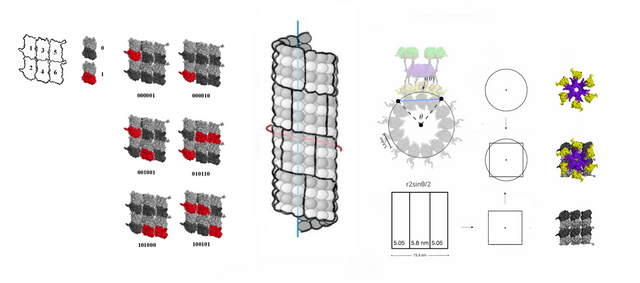Cybernetics, the Law of Accelerating Returns, without an imminent technological Singularity
Having grown up as net generation, I'm very passionate about human-technology co-evolution, cybernetics, and intuit that there is exponential trends in the evolution of technology, I had to upgrade my video game system during my child hood, Nintendo 8-bit, Sega Mega Drive, Nintendo 64, Gamecube, Xbox 360, Nintendo Wii, and I had to upgrade my mac book, and smart phone. So anyone in my generation has experienced that. The genome revolution in the early 2010s as well, I saw first hand.
That technology evolves along an exponential curve, what Ray Kurzweil defined in 2004 as the Law of Accelerating Returns, had led to propagation of the idea that there is an imminent technological singularity, but technology has been evolving along an exponential curve for 2.5 million years, or whenever it was that we first got fire and stone tools. There is nothing new about that.
The idea that there is an imminent technological singularity is rooted in the assumption that neurons are similar to transistors, and that your brains capacity is that of 100 billion neurons with 100 trillion synapses, calculated to 10^15 computations per second, what the total computer infrastructure is estimated to be capable of by 2035, based on the Law of Accelerating Returns. That assumption has been the foundation for organizations like SingularityU.
Neurons are not transistors.
A single pyramidal neuron contains around 10^9 tubulin, each a molecular switch, 4.5 nano meter in width and 8 nano meters in height, that are organized into microtubules, information systems, computers.
Synapses
Kurzweil, Ray (1999). The Age of Spiritual Machines: When Computers Exceed Human Intelligence
Kurzweil R. (2004) The Law of Accelerating Returns. In: Teuscher C. (eds) Alan Turing: Life and Legacy of a Great Thinker. Springer, Berlin, Heidelberg
Stephens, Z.D., Lee, S.Y., Faghri, F., Campbell, R.H., Zhai, C., Efron, M.J., et al. (2015) Big Data: Astronomical or Genomical? PLOS Biology, 13, e1002195. https://doi.org/10.1371/journal.pbio.1002195
Hameroff, S. R., Craddock, T. J. A., & Tuszynski, J. A. (2010). "Memory bytes" - Molecular match for CaMKII phosphorylation encoding of microtubule lattices. Journal of Integrative Neuroscience, 9(3), 253–267. Https://doi.org/10.1142/s0219635210002482
Craddock, T. J. A., Tuszynski, J. A., & Hameroff, S. (2012). Cytoskeletal Signaling: Is Memory Encoded in Microtubule Lattices by CaMKII Phosphorylation? PLoS Computational Biology, 8(3), e1002421. https://doi.org/10.1371/journal.pcbi.1002421

this is very interesting! kind of wish you'd add some references to read on the stuff :)
added a few
